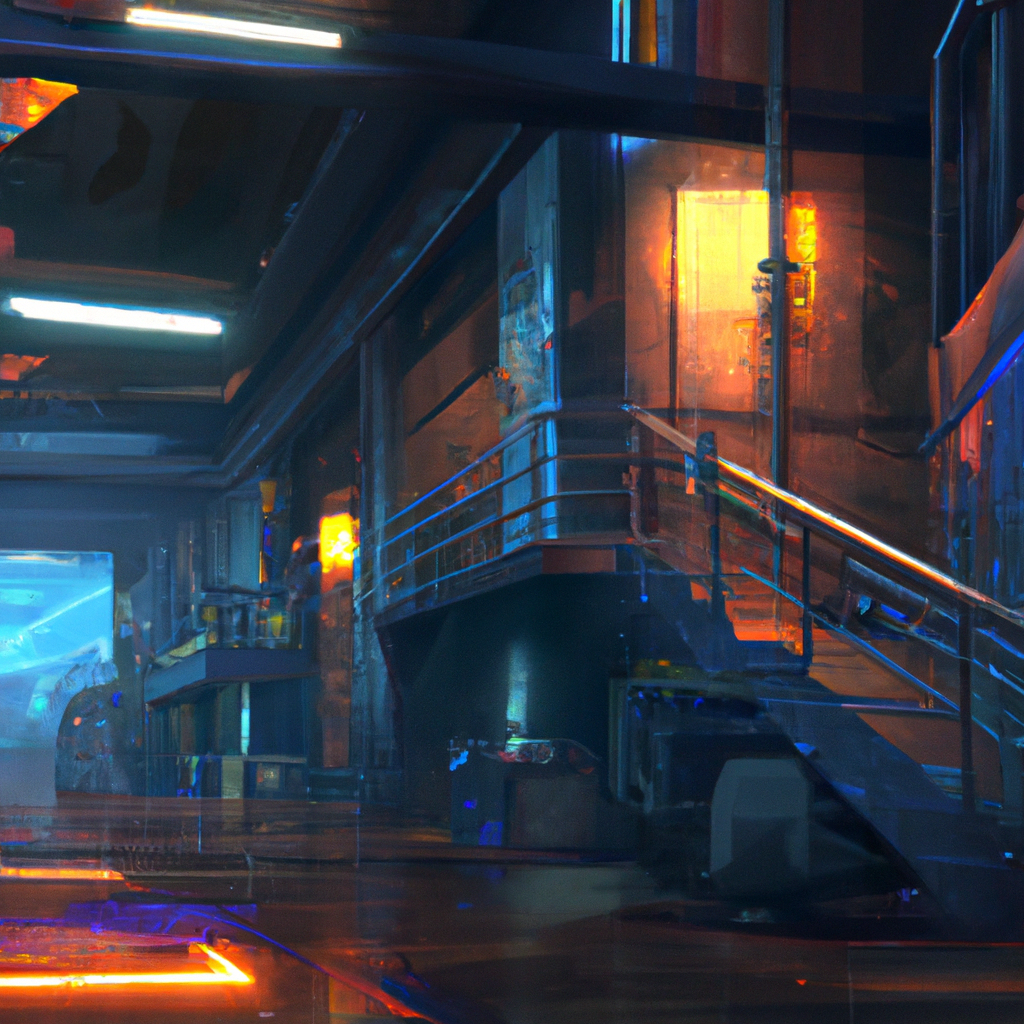“Mastering the Art of Game Mechanics: A Comprehensive Guide to Designing and Implementing Engaging Gameplay”
Introduction
Creating a fun and engaging video game is no easy task. At the heart of every game lies a set of carefully designed and implemented game mechanics that make the experience enjoyable, challenging, and rewarding for players. Whether you’re an aspiring game designer or an experienced developer looking to refine your skills, understanding how to design and implement game mechanics is essential. In this blog post, we’ll be providing a comprehensive guide on the subject, outlining the steps you need to take to create a truly captivating gaming experience.
Step 1: Establish your game’s core concept
The first step in designing game mechanics is to establish your game’s core concept. This includes deciding on the genre, setting, and overall theme of your game. Consider what type of experience you want to create for the player and what emotions you want to elicit from them. This will help you to create a solid foundation for your game and will inform the design of the mechanics.
Step 2: Identify your game’s main mechanics
After establishing your game’s core concept, it’s crucial to identify its main mechanics. These are the essential interactive components that will be present throughout your game. For example, in a platformer, the main mechanics will include jumping, running, and interacting with the environment. In a strategy game, it might involve resource management, unit production, and combat mechanics.
Once you’ve identified your game’s main mechanics, you can begin designing the individual components that make up each one.
Step 3: Create a design document
A design document is an essential tool for any game designer, as it provides a comprehensive overview of your game’s mechanics, story, and overall structure. This document should outline the objectives, challenges, and rewards that form the foundation of your game, as well as any technical requirements and milestones.
Creating a detailed design document will ensure that you have a clear vision for your game, making it easier to design and implement the various mechanics. This document will also serve as a valuable reference for your team members, ensuring everyone is on the same page throughout the development process.
Step 4: Prototype and iterate
Once you have a design document in place, it’s time to begin prototyping your game mechanics. This involves creating a rough version of your game that includes basic versions of your main mechanics. The purpose of the prototype is not to create a polished, finished product but rather to test the viability of your mechanics and identify any potential issues early in the development process.
During the prototyping phase, it’s essential to iterate on your designs, tweaking and refining them based on feedback and playtesting. This will help to ensure that your game mechanics are engaging, balanced, and easy to understand for the player. Don’t be afraid to make significant changes during this phase – it’s easier to make adjustments now than later in development.
Step 5: Implement your mechanics in the final game
With your prototype refined and your game mechanics finalized, it’s time to implement these mechanics in your final game. During this stage, you’ll be working to create polished, immersive versions of the mechanics that were present in your prototype.
This stage often involves collaborating with other members of your team, such as programmers, artists, and sound designers, to ensure that your game mechanics are seamlessly integrated into the overall game experience.
Step 6: Test and refine
Once your game mechanics are implemented, it’s crucial to thoroughly test them in the context of your game to ensure that they work as intended and are enjoyable for the player. This stage involves rigorous playtesting and gathering feedback from both your development team and external testers.
Based on the feedback you receive, you may need to make further adjustments to your game mechanics to ensure they meet the needs and expectations of your target audience.
Conclusion
Designing and implementing game mechanics is a challenging but rewarding process that requires creativity, problem-solving, and an understanding of what makes games enjoyable. By following the steps outlined in this blog post, you’ll be well on your way to creating compelling game mechanics that provide an immersive and engaging experience for your players. Remember to be open to feedback and iterate on your designs, as this is the key to creating a truly unforgettable gaming experience.







